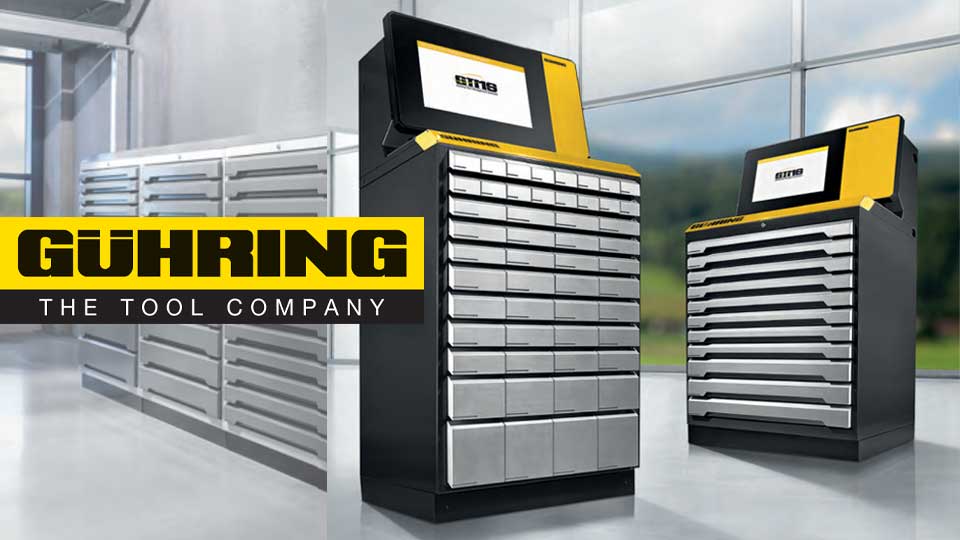
Looking Back at 2018, How were Industrial Robots and Automations doing?
The year 2018 was another year that the industry became more active in robotics and automation. Both continuous technology developments including the actual use in the factory resulted from many factors, especially in regard to the need to raise production potential and the labor shortage that was likely to be more severe. These issues have pushed the robotics industry and automation systems forward in the past year to be especially active.
It was also the year that the robotics industry had a progress in many areas connecting to the robotics industry itself and to related technologies.
Cooperating Robot Is the Future
Regarding the development of industrial robots, 2018 was the year that more cooperating robots were developed, that is, industrial robots were developed to work safely in conjunction with humans in the production line. It is, therefore, expected to have a significant increase in demand in the future due to the ease of use, which is what attracts SMEs to purchase more robots for use.
As for robotics technology, since 2017 many parties such as private sectors, educational institutions, and startup companies have been investing in stimulating the development of humanoid robots. Not only can these humanoid robots be used to replace human labor, the technology used in the development are also connected to the progress of industrial robots in the future. Evidently, many businesses in the industry have invested a total of $17.7 million U.S. dollars in the development of the "Avatar Robot", a humanoid robot that can be controlled from a distance (Remote-Operations) of Japan-based startup company MELTIN MMI.
The Approaching Arrival of 5G
The arrival of 5G in 2019 will take the remotely controlled robots one step closer to reality. Other related technology developments may also play a role in the development of industrial robots in the future.
In addition, the use of robots has been more widespread as seen in many industries other than the manufacturing industry, such as using robots for cooking or service robots in the service industry, which are all the most unexpected ones.
However, the advancement of robot industry has caused concerns to many people about their job; will these robots take away their job?
In fact, the robot is not taking away anyone’s job but replacing one job with another created to compensate the previous one. It also helps to increase the rate of employment. According to a survey conducted by the World Economic Forum in 2018, 90% of businesses in Thailand tend to procure automation systems and industrial robots to modify their work model to be in line with the advancement of technology; 85% of businesses tend to hire new employees to work along with this new technology while 79% are likely to hire the same employees and focus on skills development so that they can work with the automation system. It seems that the trend is going rather in a good way.
Not Using Robots and Automation Is a Miss!!!
Entrepreneurs who want to improve their production efficiency by introducing robots and automation into production lines can obtain support statements from the BOI under the production efficiency improvement measures; 50% of the investment will be exempted for corporate income tax for 3 years. This only covers the type of business group B [group B is the supporting industry that uses novice technology but it has importance to the value chain].
In case of using 30% or more of machinery that links to or support domestic automation production industry, 100% of the investment will be exempted for corporate income tax for 3 years.
In addition, the Department of Industrial Promoting (DIP) considers entrepreneurs who change production processes using robots and automation to qualify a special consideration and promoting of using SMEs development funds, in which DIP has prepared a budget to release 0% interest loans to SMEs for 1-2 million baht each.






